By_Suraj Karowa / ANW
New Delhi, India — October 23, 2025

In the shadow of Diwali’s jubilant fireworks, New Delhi’s 20 million residents awoke on Wednesday to a grim reality: the city’s air had plummeted to the most polluted levels of any major urban center worldwide. Just 24 hours after the Hindu festival of lights illuminated the skies with bursts of color and sound, a thick veil of smog descended, turning the capital into a choking cauldron of toxins.
According to Swiss air quality monitor IQAir, New Delhi’s PM2.5 levels—fine particulate matter that seeps deep into the lungs—spiked to over 40 times the World Health Organization’s annual guideline of 5 micrograms per cubic meter. At its peak, readings hovered around 200-300 micrograms, a concentration that experts liken to smoking 15-20 cigarettes a day for every breath taken outdoors. This annual ritual of revelry has long exacerbated Delhi’s chronic pollution woes, but this year’s post-Diwali surge feels particularly acute amid growing calls for systemic change.

Diwali, celebrated on October 20, marks the triumph of light over darkness in Hindu tradition. Families gather to exchange sweets, light oil lamps, and ignite firecrackers symbolizing joy and prosperity. Yet, these bursts release a toxic cocktail: sulfur dioxide, nitrogen oxides, black carbon, and heavy metals like lead and mercury. The fumes linger, mingling with seasonal factors—cooler temperatures trap pollutants closer to the ground, while winds from neighboring Punjab and Haryana carry smoke from farmers burning crop stubble to prepare fields for winter wheat.
“This isn’t just a festival aftermath; it’s a predictable crisis we’ve failed to mitigate,” said Dr. Anjali Guttikar, an environmental epidemiologist at the Indian Institute of Public Health. “Every year, we see a 20-30% spike in respiratory cases post-Diwali. Children, the elderly, and those with pre-existing conditions bear the brunt.”

The human toll is visceral. Anushka Singh, a 30-year-old graphic designer in South Delhi, hunkered down during the festivities with her anxious dog, windows sealed against the din. “The noise is bad enough, but the next day? It’s like inhaling sandpaper,” she recounted, rubbing her still-scratchy throat. Emerging into the haze, her eyes watered, a familiar burn that signals the onset of what locals call “Delhi cough.” Singh, like many young professionals, dreams of escaping the city but feels tethered by career opportunities. “We’ve got data spanning decades showing this kills thousands prematurely. Why can’t we enforce rules that actually work?”

Enforcement has been the Achilles’ heel. In 2020, amid a deadly second wave of COVID-19, Delhi banned all firecrackers outright, a measure credited with averting even worse spikes. This year, the Supreme Court allowed “green” variants— purportedly 30% less emissive, made with reduced barium nitrate and sulfur— but only from 8 p.m. to 10 p.m. on Diwali eve. Yet, reports flooded social media and hotlines: illicit “non-green” crackers boomed past midnight, with entire neighborhoods in East and North Delhi resembling war zones. Police citations numbered in the hundreds, but critics argue vigilance waned as officers, too, joined the festivities.
Chandra Tandon, 52, who runs a neighborhood kirana store in Karol Bagh, embodies the cultural tug-of-war. Bursting crackers is “pure childhood magic—once a year, why not?” she said, wiping soot from her sari. But as a mother of two asthmatic teens, she conceded the recklessness. “I inhaled that smoke all night; my chest still hurts. Let the kids have their fun, but adults? We know better. Pollution here isn’t abstract—it’s the haze blurring your vision at noon.”
Delhi’s air apocalypse isn’t isolated to Diwali. The city, ringed by the Yamuna River and the Aravalli hills, battles a year-round assault: vehicular exhaust from 11 million cars, industrial emissions, construction dust, and biomass burning. Winter’s inversion layer acts like a lid on a pressure cooker, concentrating it all. IQAir’s Wednesday rankings underscored the crisis: New Delhi topped the global list, followed by Lahore, Pakistan, and Dhaka, Bangladesh. Fellow Indian metropolises Kolkata (fourth) and Mumbai (tenth) also cracked the top 10, a stark reminder that air pollution knows no borders in South Asia.
Government responses have been a patchwork of ambition and inadequacy. Past measures—the odd-even vehicle rationing scheme, dust-suppressing water sprays from “anti-smog guns,” and even two towering air purifiers erected in 2018 for 200 million rupees ($2.4 million) each—offer fleeting relief. The Anand Vihar tower, for instance, filters 1,000 cubic meters per hour but covers a fraction of the city’s expanse.
“These are Band-Aids on a gaping wound,” quipped environmental activist Vimlendu Jha of Swechha. “Without tackling stubble burning through subsidized machinery for farmers or electrifying public transport, we’re just delaying the inevitable.”
India’s National Clean Air Programme (NCAP), launched in 2019, aims to cut PM2.5 by 20-30% by 2024, but audits reveal uneven progress. Delhi’s allocation: 450 crore rupees ($53 million) annually, funneled into monitoring stations and green belts. Yet, with the economy roaring—GDP growth at 7%—coal plants proliferate, and EV adoption lags at 2% of vehicles. “Pollution is the cost of progress,” a government official admitted anonymously, “but we’re investing in alternatives: 5,000 electric buses by 2026, and crop residue plants converting stubble to biofuel.”
As the smog lingers into late October, health advisories urge masks and indoor stays. Hospitals report a 15% uptick in cases of bronchitis and conjunctivitis. Globally, the WHO estimates air pollution claims 7 million lives yearly, with India accounting for one in eight. For Delhiites, it’s personal: a daily negotiation between tradition, survival, and hope for cleaner tomorrows.
In Connaught Place, the heart of British-era Delhi, visibility dropped to 200 meters Wednesday morning—a ghostly pall over colonial facades. Pedestrians hurried, scarves over mouths, while cyclerickshaws darted through the murk. “Diwali brought light,” sighed one commuter, “but dawn brought darkness.”
Experts forecast the haze persisting through November, until monsoon winds scatter it. Until then, Delhi endures—a city of contrasts, where festival fervor clashes with fatal oversight. As Singh put it: “We celebrate victory over evil, yet invite poison into our lungs. When will the real light break through?”
Discover more from AMERICA NEWS WORLD
Subscribe to get the latest posts sent to your email.
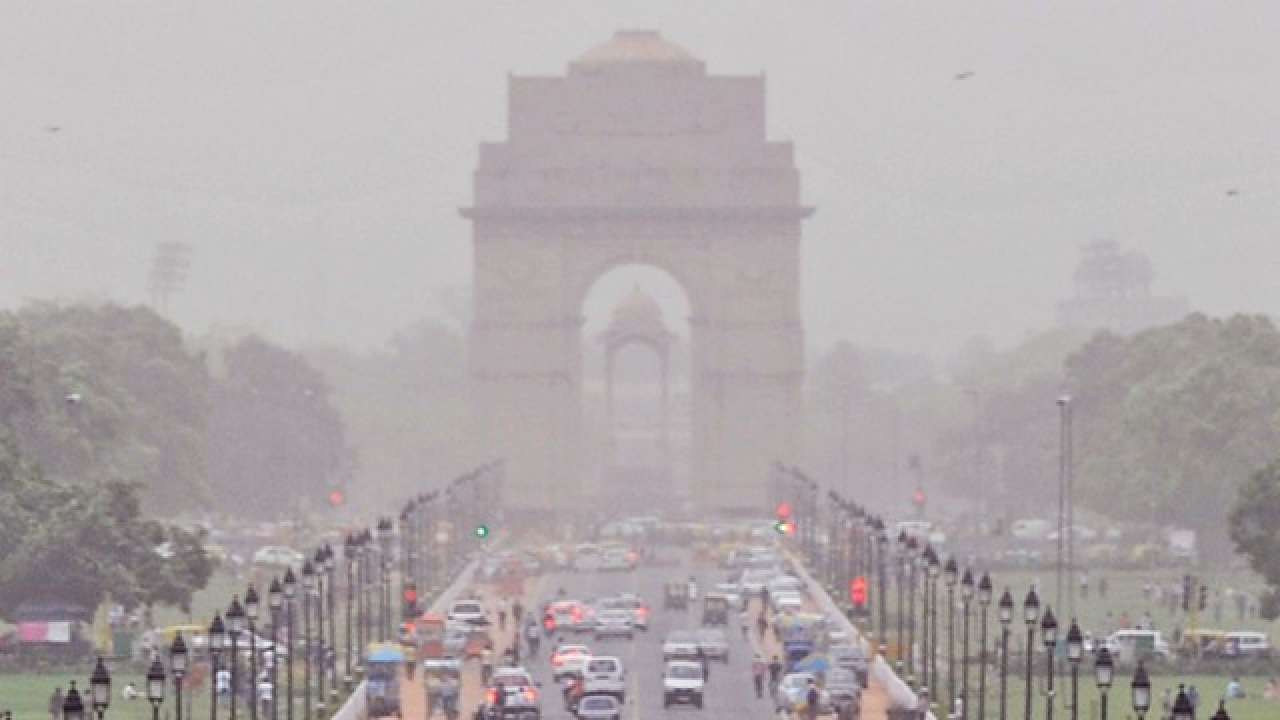
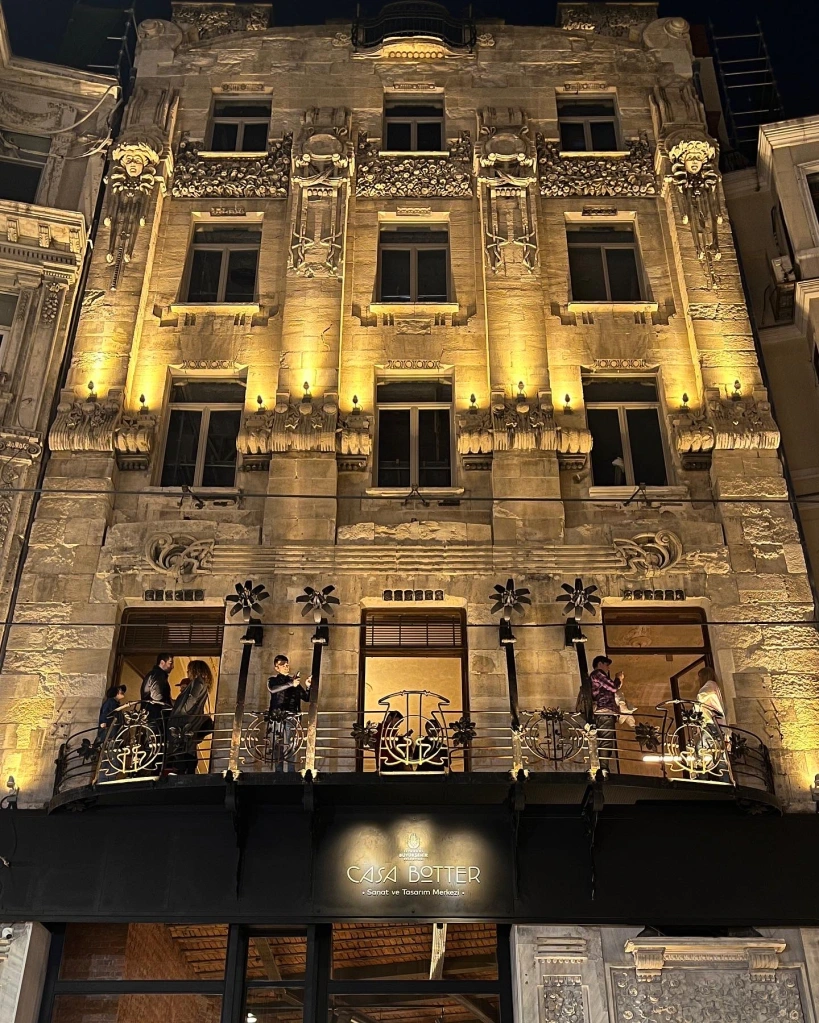

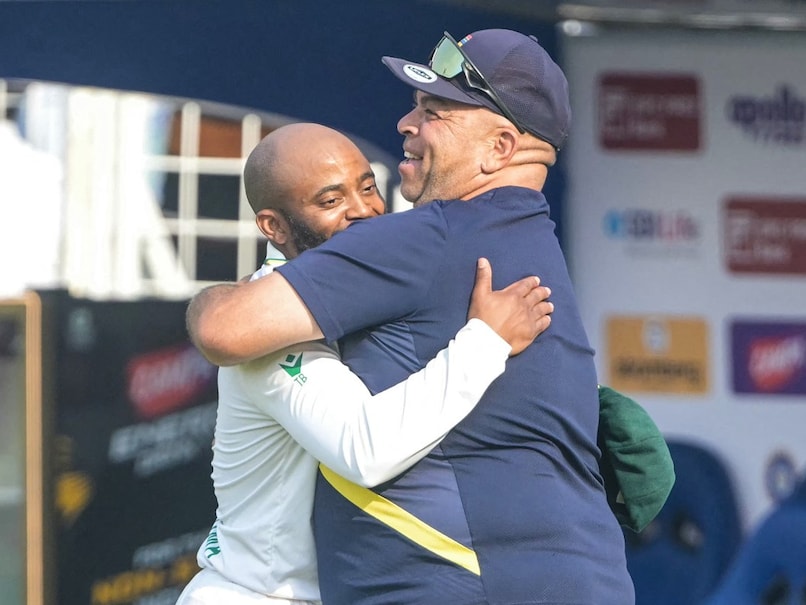
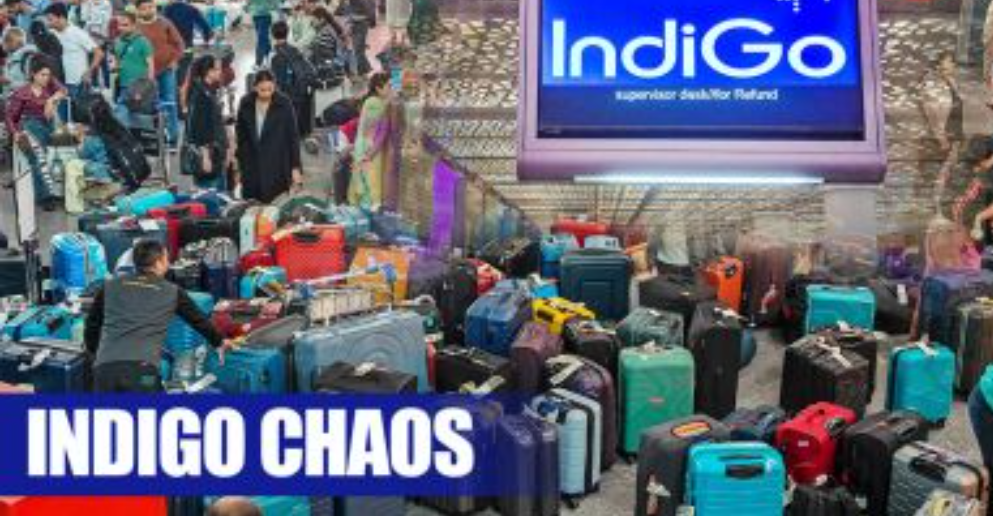
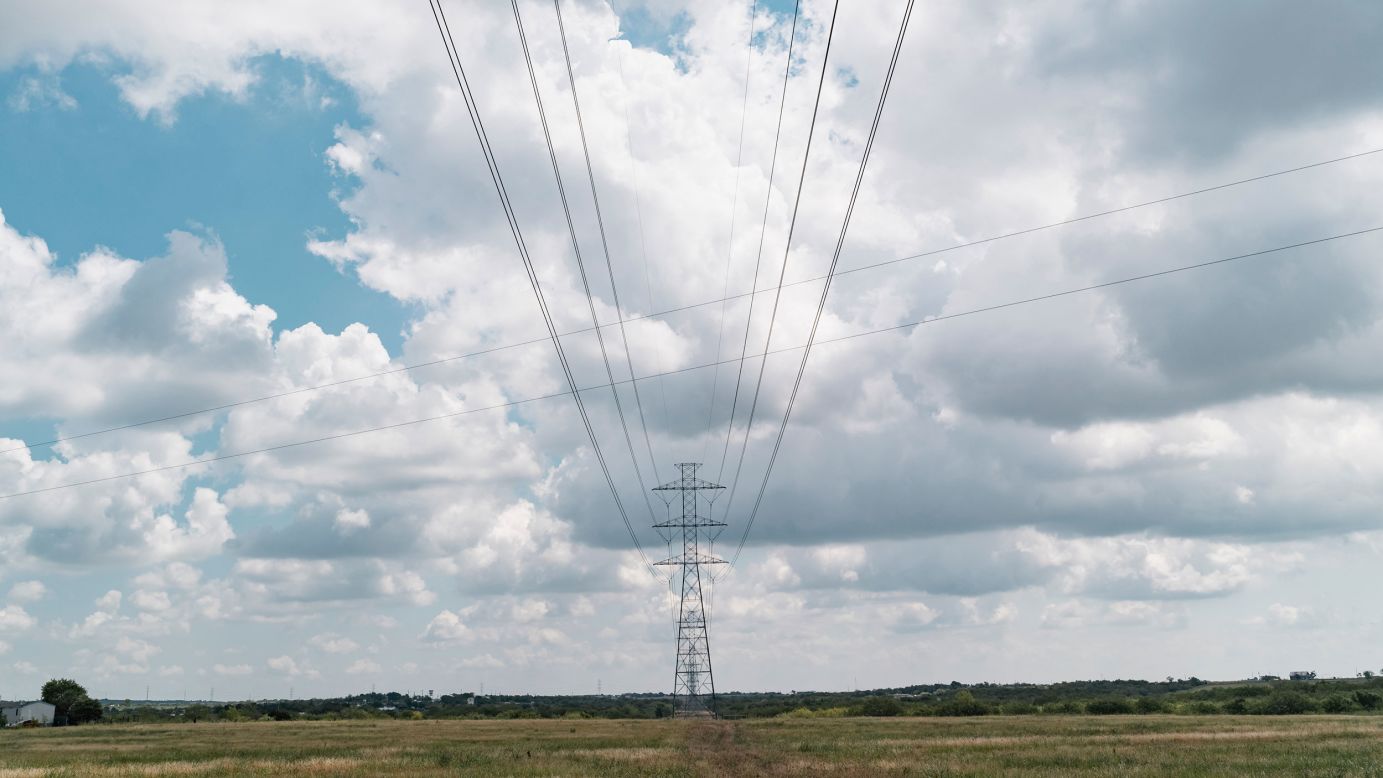
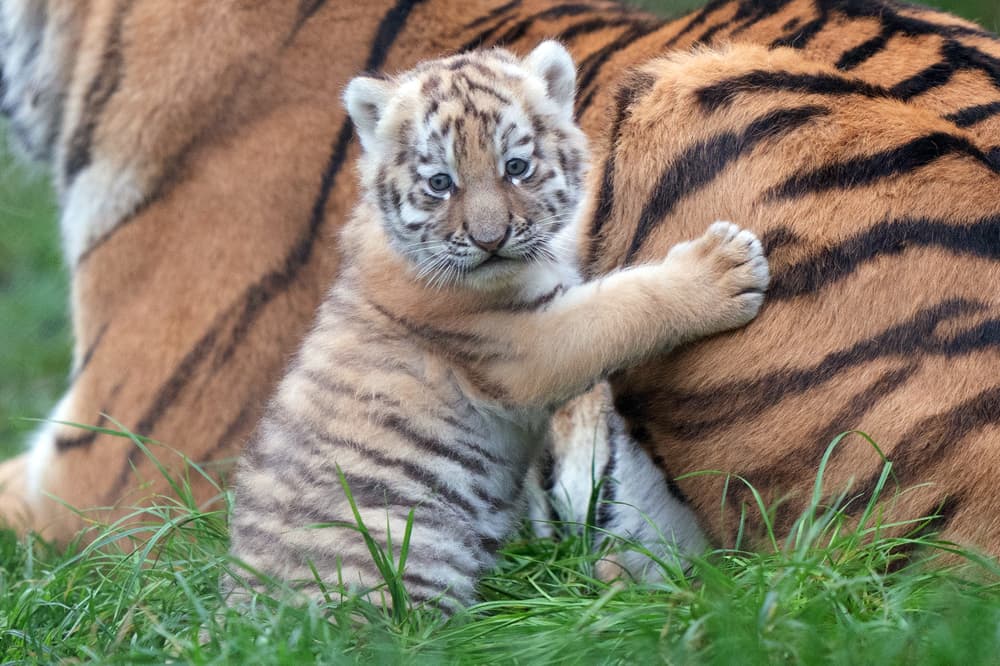
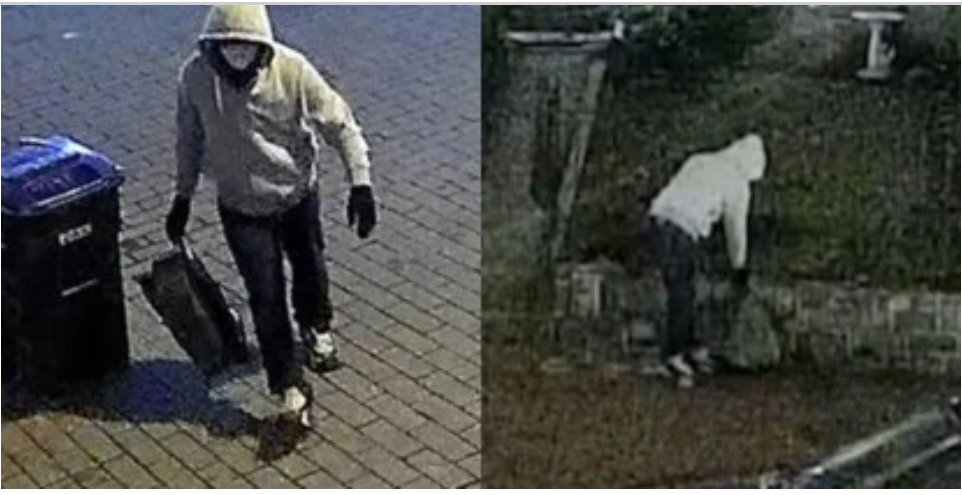
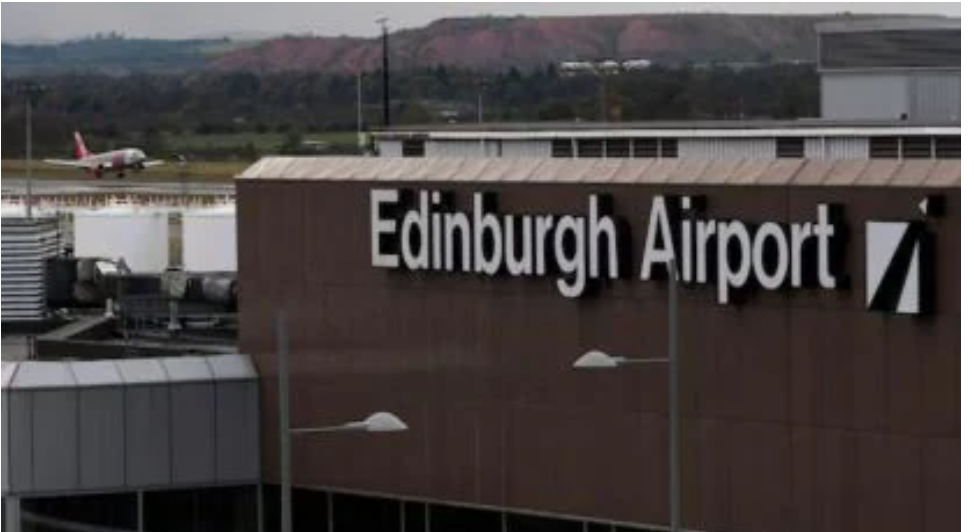

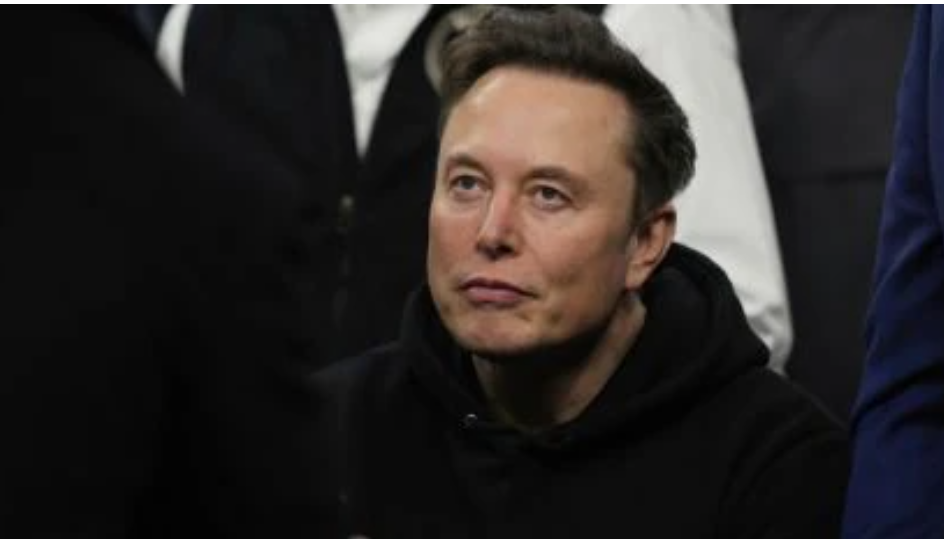
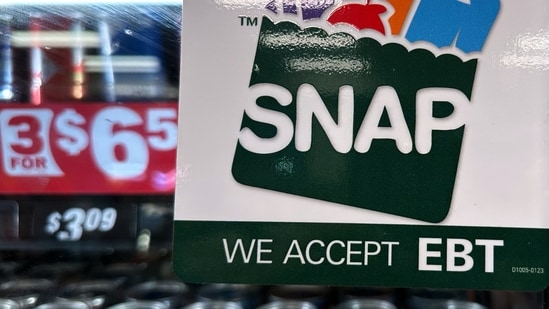
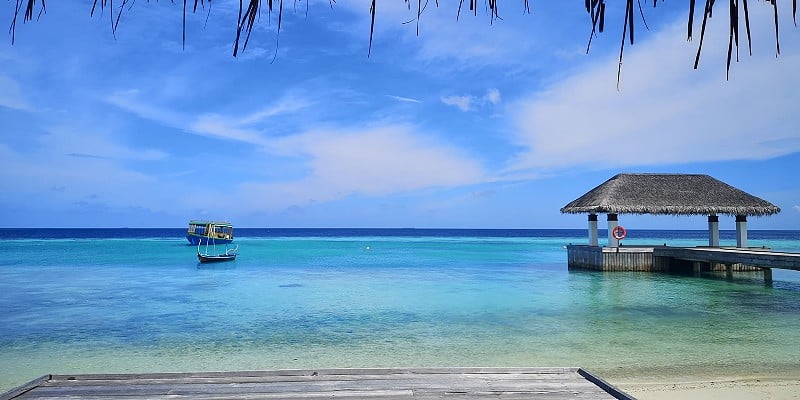
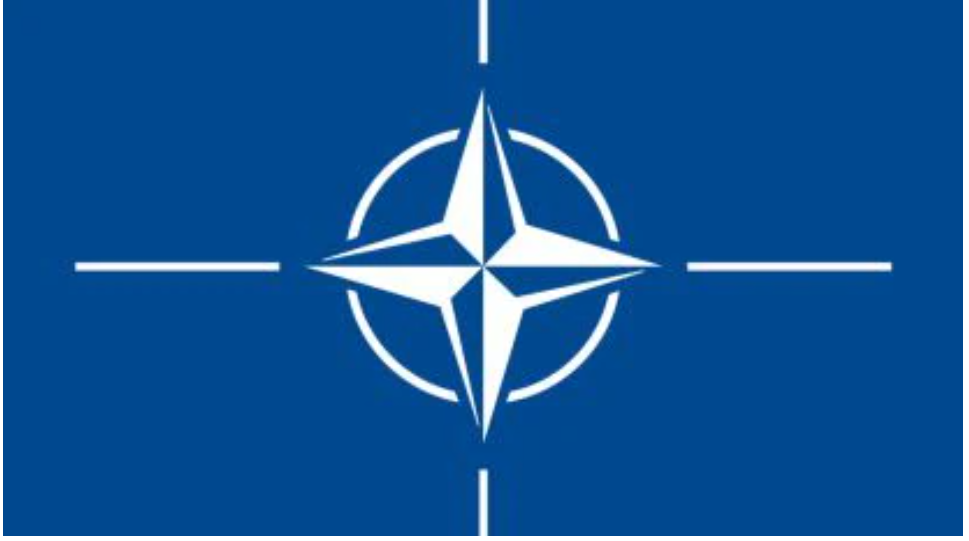
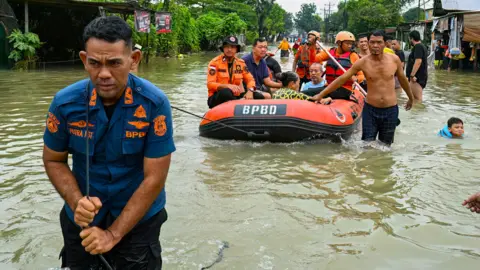

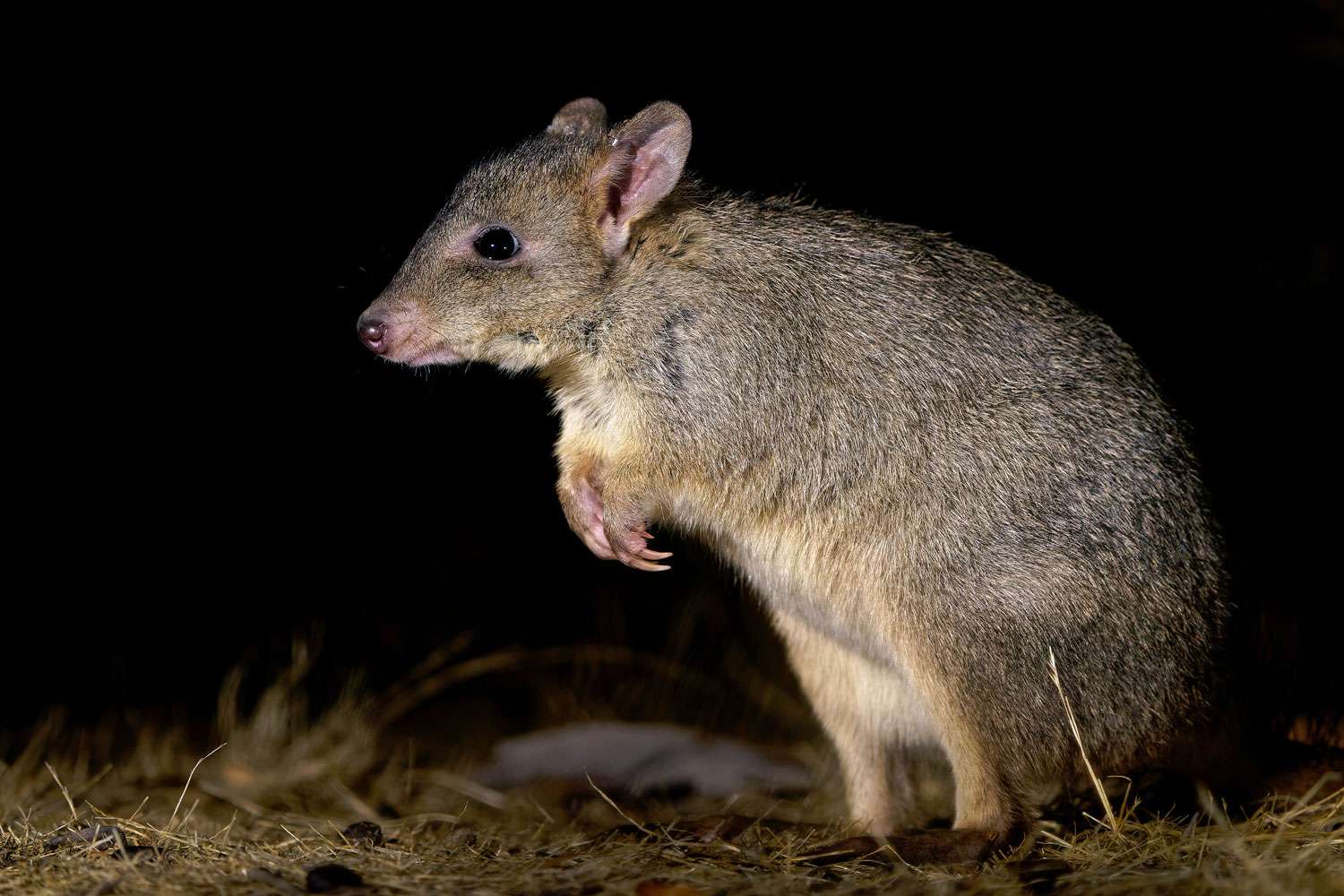
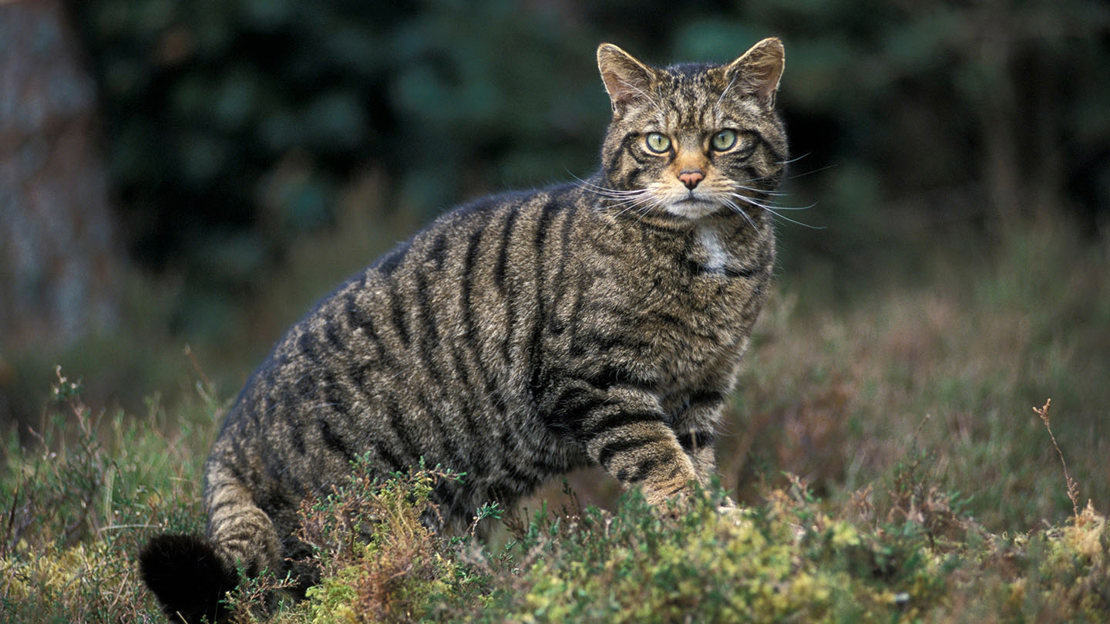
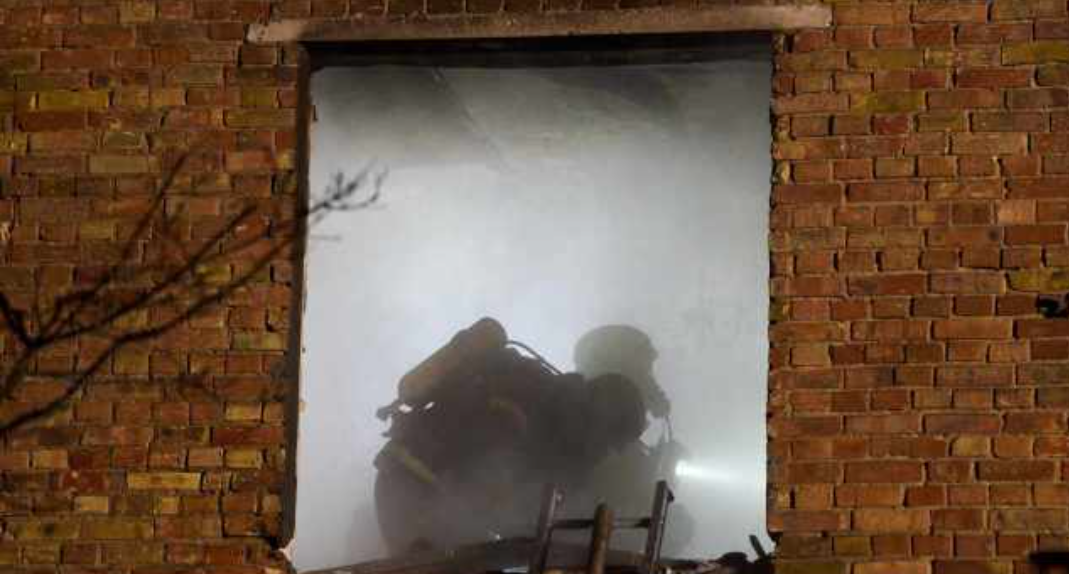
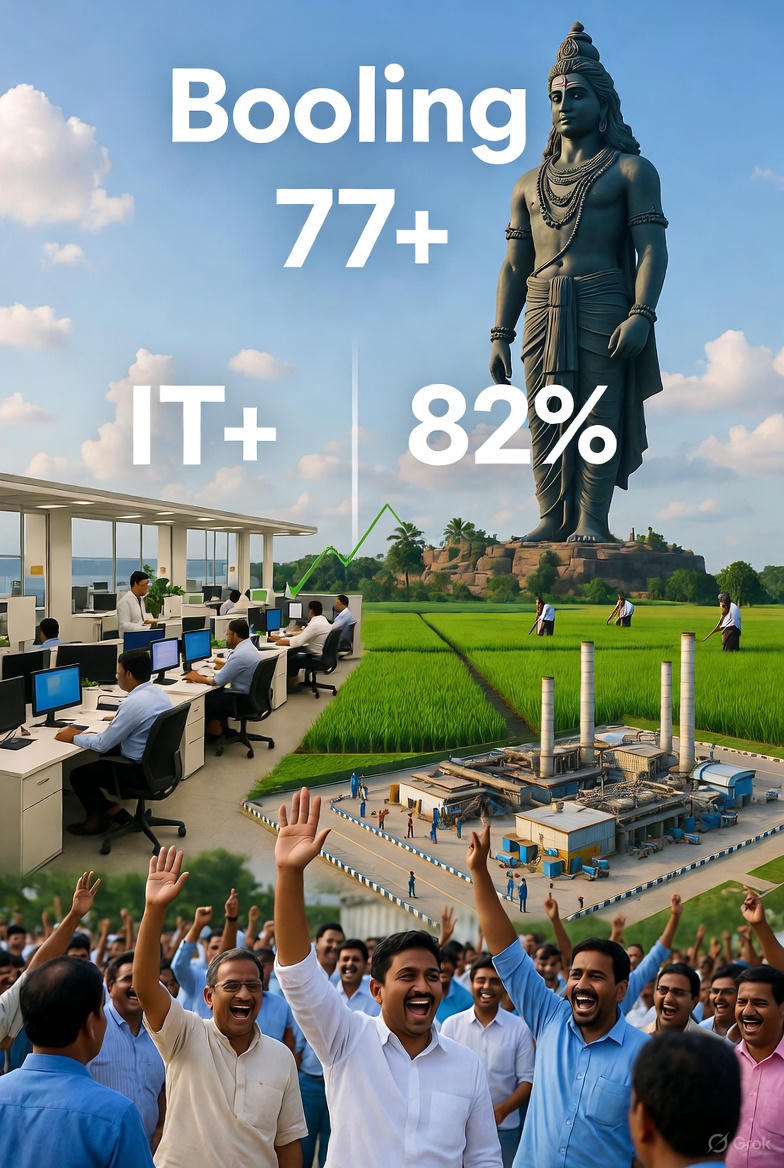





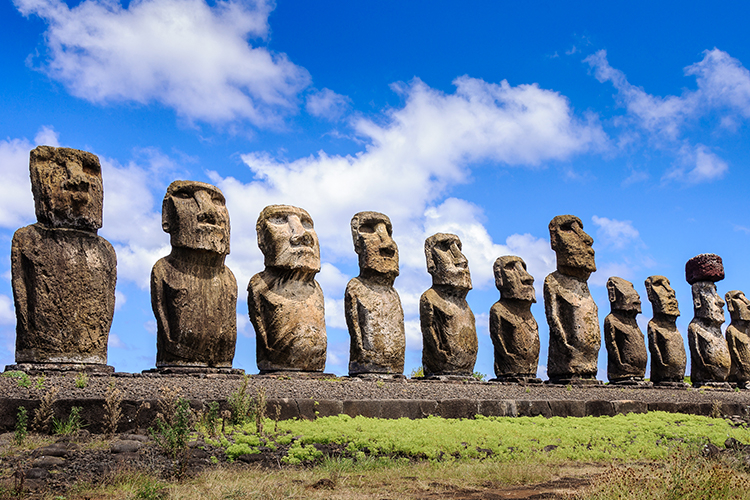
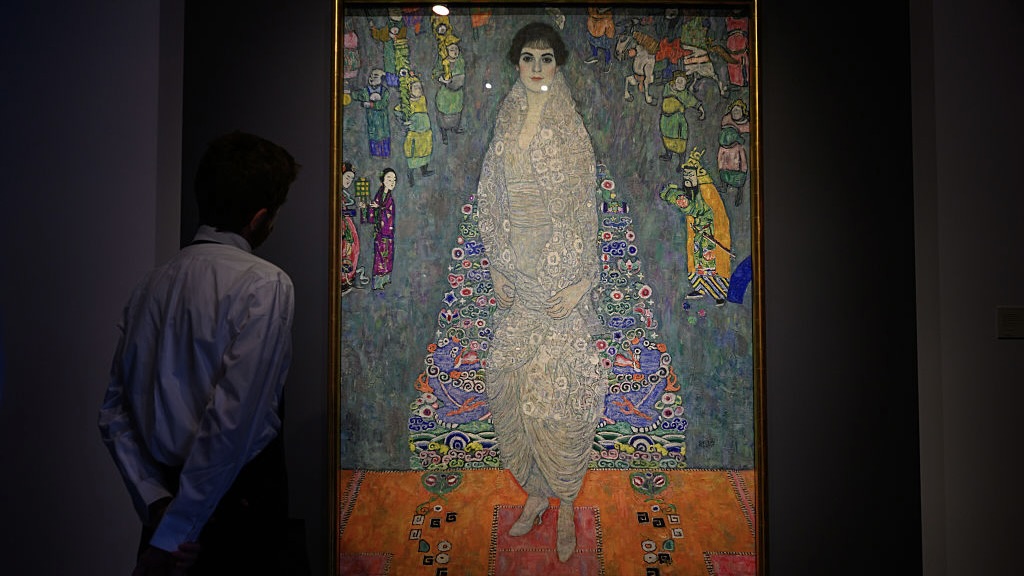
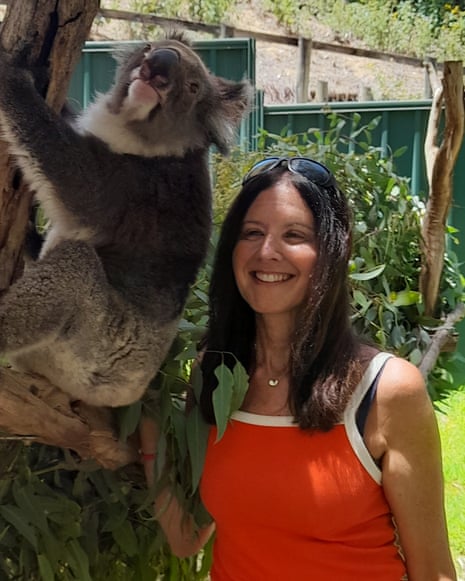
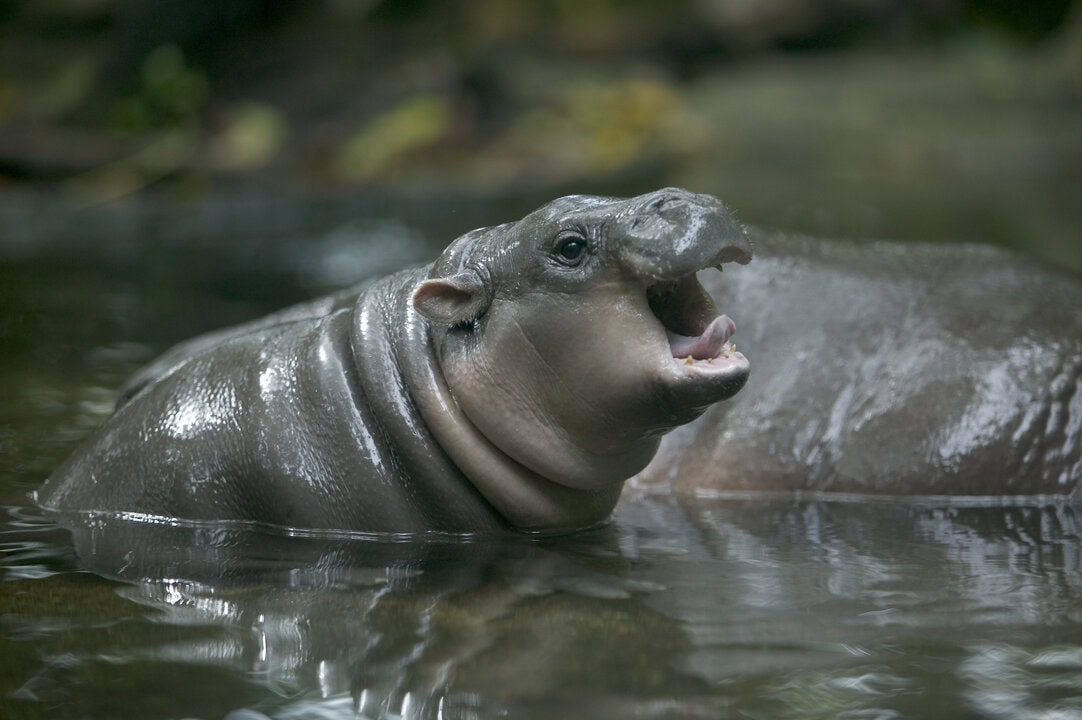

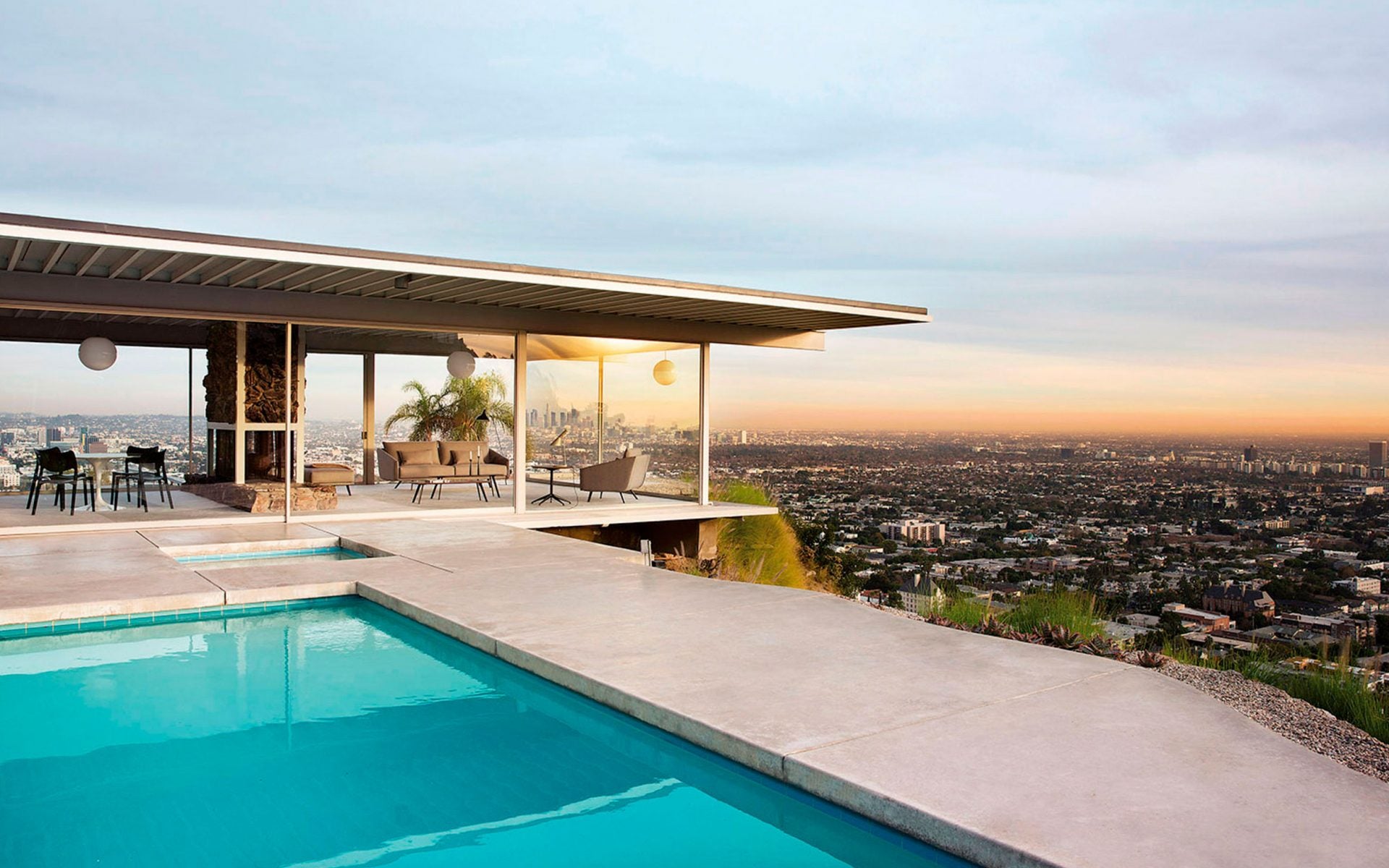
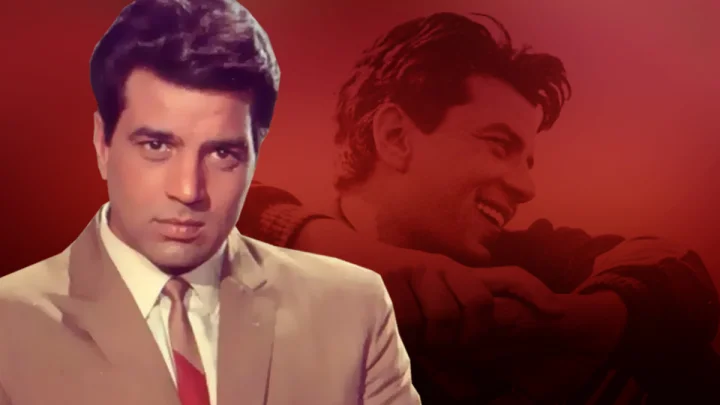
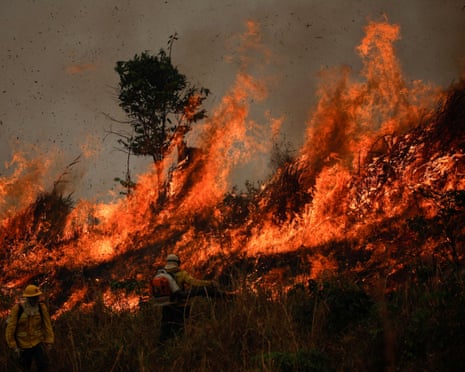
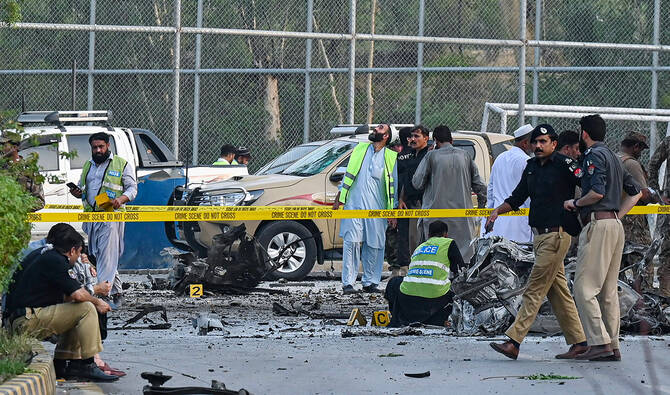


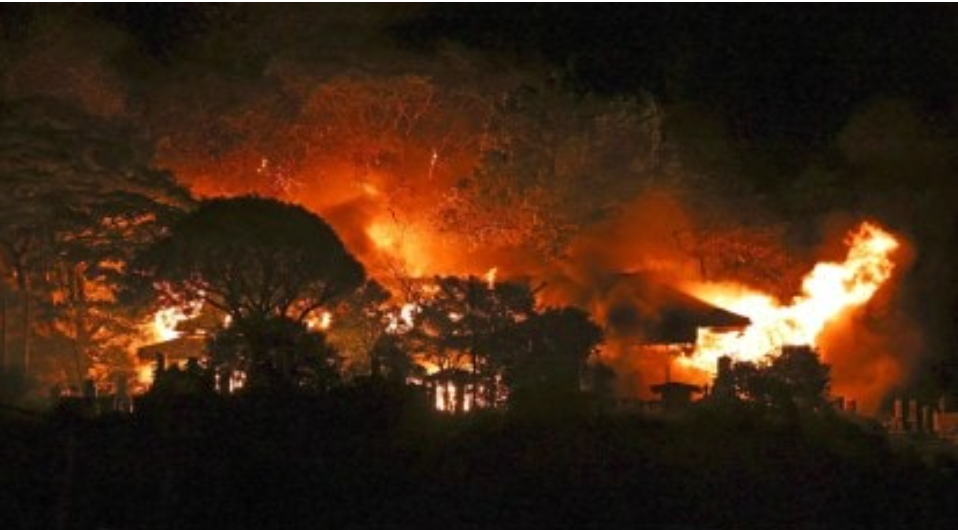


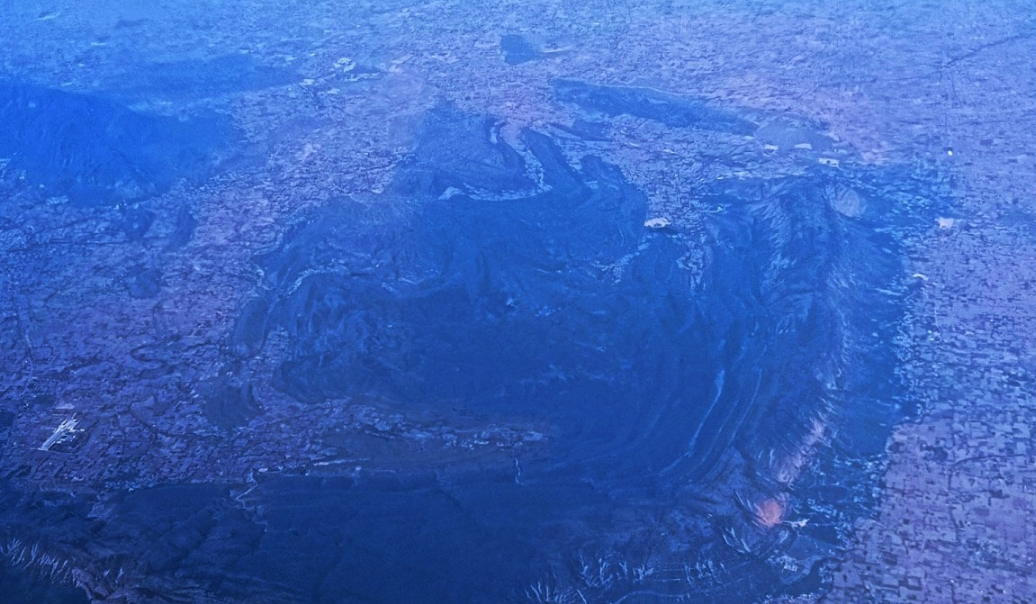
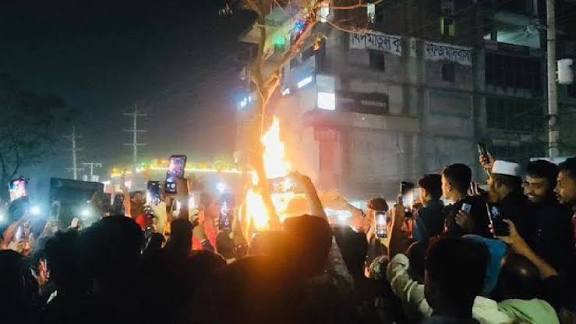
Leave a Reply